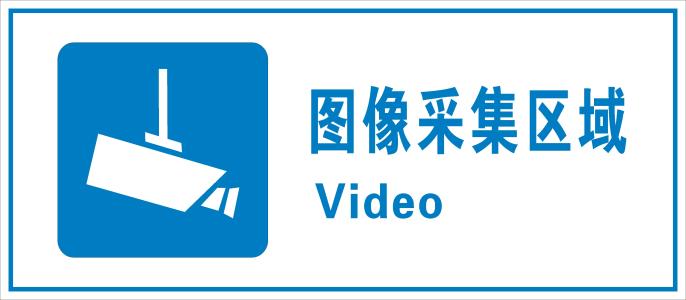Automatically learned quality assessment for images has recently become a hot topic due to its usefulness in a wide variety of applications such as evaluating image capture pipelines, storage techniques and sharing media. Despite the subjective nature of this problem, most existing methods only predict the mean opinion score provided by datasets such as AVA [1] and TID2013 [2]. Our approach differs from others in that we predict the distribution of human opinion scores using a convolutional neural network. Our architecture also has the advantage of being significantly simpler than other methods with comparable performance. Our proposed approach relies on the success (and retraining) of proven, state-of-the-art deep object recognition networks. Our resulting network can be used to not only score images reliably and with high correlation to human perception, but also to assist with adaptation and optimization of photo editing/enhancement algorithms in a photographic pipeline. All this is done without need for a "golden" reference image, consequently allowing for single-image, semantic- and perceptually-aware, no-reference quality assessment.
翻译:图像自动学习质量评估最近已成为一个热门话题,因为它在诸如评价图像捕获管道、存储技术和共享媒体等广泛应用中的有用性。尽管这一问题具有主观性,但大多数现有方法仅预测AVA[1]和TID2013[2]等数据集提供的中值意见评分。我们的方法不同于其他方法,因为我们预测了使用进化神经网络的人类意见评分分布情况。我们的建筑也具有比具有类似性能的其他方法简单得多的优势。我们提议的方法依赖于经过验证的、最先进的深物体识别网络的成功(和再培训 ) 。我们所产生的网络不仅可以可靠和与人类感知高度相关,而且可以用来帮助在摄影管道中调整和优化照片编辑/强化算法。所有这一切都不需要“金”参考图像,因此可以进行单一图像、语义和感官觉悟、不参考质量评估。



